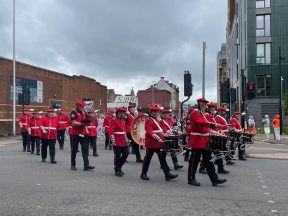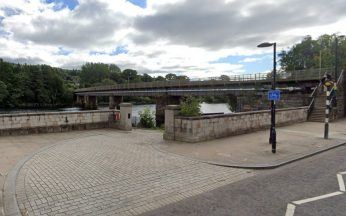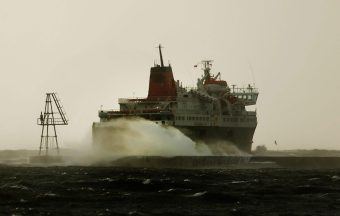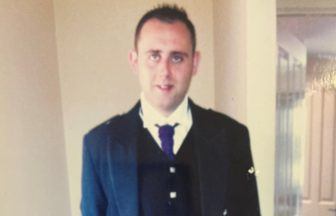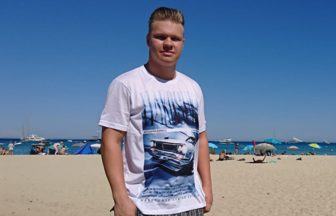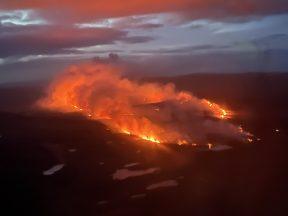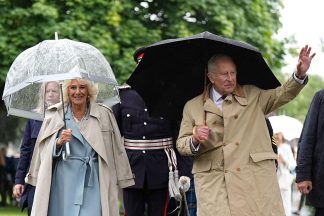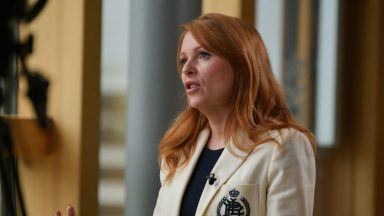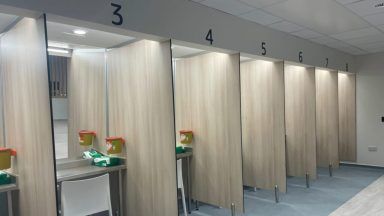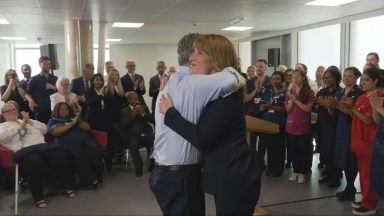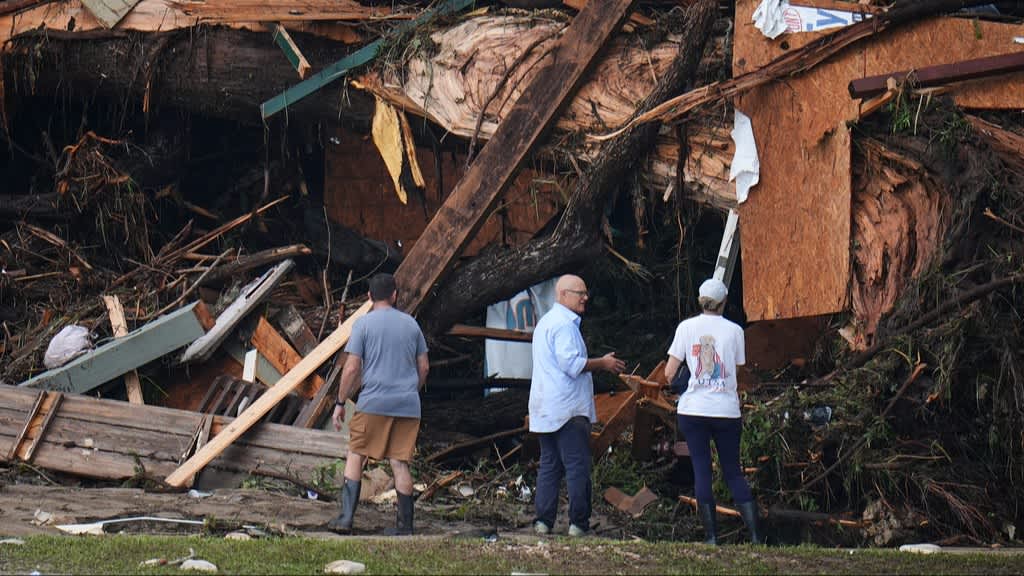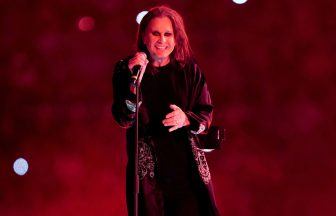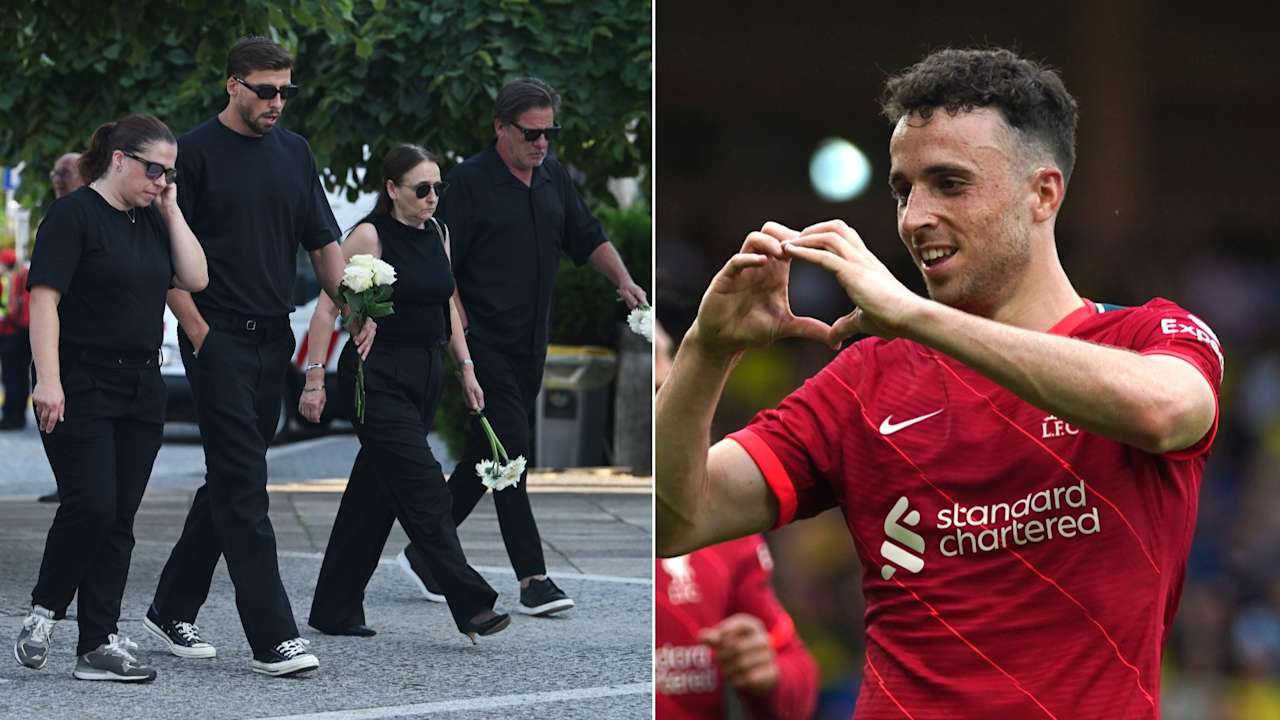It’s 12 months to the day since Nicola Sturgeon announced her resignation, and it’s been a long year in Scottish politics.
I still remember the ominous call to Bute House for a press conference with the First Minister.
The tone of the phone conversation sounded so much like a call the day after the independence referendum in 2014 that it was clear what was about to happen.
I had been due to meet a group of young people from the G15 youth project who were launching Drumchapel TV. After making my apologies to youth development worker Peter Divers I went home and put a suit on.
The atmosphere in Bute House was tense. Everyone knew what was coming in the press conference, but I’m not sure anyone knew what was coming beyond that.
The SNP leadership contest felt like a bloodbath at times. As senior figures in the party ruled themselves out, it looked increasingly like a generational shift in the party’s leadership.
I remember being at last year’s Scottish Labour conference in Edinburgh and people only wanting to talk about the SNP leadership contest. Some thought I was crazy to claim that Humza Yousaf seemed the most likely successor.
What followed was a bruising leadership battle. No quarter was given in the STV leadership debate. Not only did the gloves come off, but the jaikets too – and I was left holding them.
It really set the contest alight and I think it helped quite a few SNP members work out who they were voting for, although it might also have placed a few questions marks in the minds of SNP voters.
In the end, Yousaf won, but he was run pretty close by Kate Forbes after the transfer of Ash Regan’s supporters. The process, however, had been fraught with difficulty.
SNP chief executive Peter Murrell had been forced to quit over membership numbers and – rather than uniting behind the new leader – the party was left divided, demoralised and somewhat depleted in terms of membership.
Then came the police investigation into the party’s finances.
Sturgeon and Murrell were arrested and questioned before being released without charge, but the whole thing still hangs over them. It hangs over the SNP and Yousaf’s leadership too.
Given what we have seen in the last year, just imagine what it would be like if the whole thing moves on in the run up to, or during the 2024 general election.
Sturgeon’s resignation signalled a change in Scottish politics: Scotland’s constitutional future is no longer the only defining factor.
One reason is that the SNP and the wider independence movement don’t know how to achieve their goal. It feels outwith their grasp. Another is that voters can see the real possibility of a change of government at Westminster in the general election later this year. That feels within their grasp.
The 2021 Scottish Parliament election showed just how much Sturgeon dominated Scottish politics, but what is clear now is that if she had not resigned this time last year, then subsequent events would have caught up with her and forced her out anyway.
A year ago, Sturgeon turned Scottish politics on its head. The playing field has been levelled, and if anything, it is now tilting slightly in favour of Labour, as we saw in the Rutherglen by-election.
It’s been some year, but there is some year to come. We could still be ten months away from a general election.
Can Labour maintain its UK poll lead over the Conservatives? Can it keep closing the gap with the SNP? Can the SNP get itself together? What will be the latest development in the police inquiry?
It’s a bit of a nail biter – what happens next?
Follow STV News on WhatsApp
Scan the QR code on your mobile device for all the latest news from around the country



